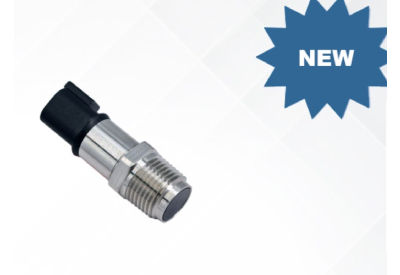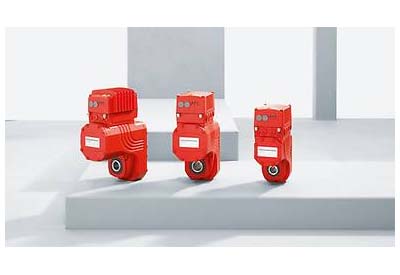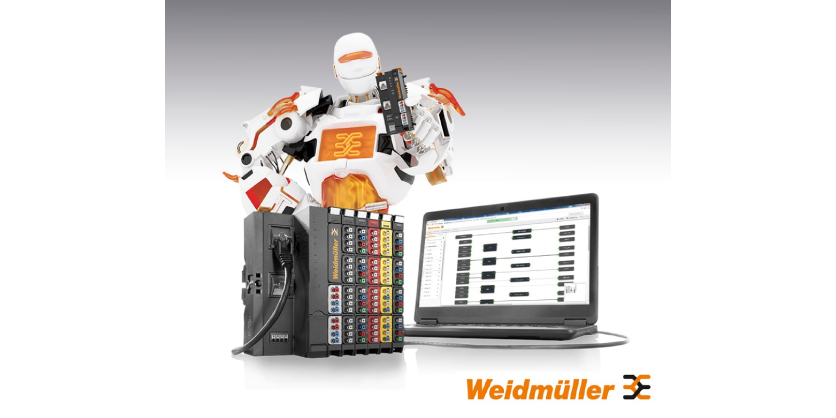Introducing Gems’ New RLI Series Non-Contact Radar Level Sensor

April 8, 2022
Available in a compact design constructed from chemically inert PVDF material, the RLI Series Non-Contact Radar Sensor features models that work in tanks up to 49.21’ (15 m) deep! Its simplified programming and setup via Bluetooth® connection make installation quick and easy. In addition, it can run diagnostics to view signal strength and tank obstructions. Learn more about Radar Technology and its benefits over other sensing technologies.
Benefits of Gems’ RLI Series Non-Contact Radar Level Sensor:
- •Non-contact design means no media ever encounters the Radar sensor. It eliminates the need to worry about material compatibility between the media and sensor components.
- •The non-contact design is a no-moving parts solution, which eliminates the potential for any mechanical failures from a float-based sensor.
- •The non-contact design also eliminates the need to use large floats with long stems, decreasing shipping costs and shipping transit time. It also makes installation time a fraction of the time, saving countless labor hours.
- •Infinitely configurable to match any tank depth – RLI-70 monitors tanks up to 26.25’ (8 m) or RLI-80 monitors tanks up to 49.21’ (15 m), eliminating the need to source multiple level transmitters, reducing inventory and sourcing costs.
- •Also, since it never comes in contact with the media, there are no issues with debris coating or causing a float to get stuck.
- •Radar through the air technology is a very accurate sensing technology. It can detect liquid levels within 5 mm, with no effect on its accuracy based on changes in temperature or pressure.
- •Like ultra-sonic-based sensors, radar technology is not affected by condensation or dust in the air.
Features
- •Non-contact
- •2″ NPT mounting
- •PVDF housing
- •Intrinsically Safe
- •UL/c-UL
- •ATEX
- •IECEx
- •8m or 15m sensing range
- •5mm accuracy
- •Modbus
- •4-20mA
- •Bluetooth®
- •IP 67
- •15′ or 30′ TPE Jacketed Cable
- •1 ¼”-12 For Bracket Mounting
- •Full vacuum to 43 PSI
- •-40 to 80C.
To learn more about the RLI Series Non-Contact Radar Level Sensor from Gems Sensors & Controls, click here








